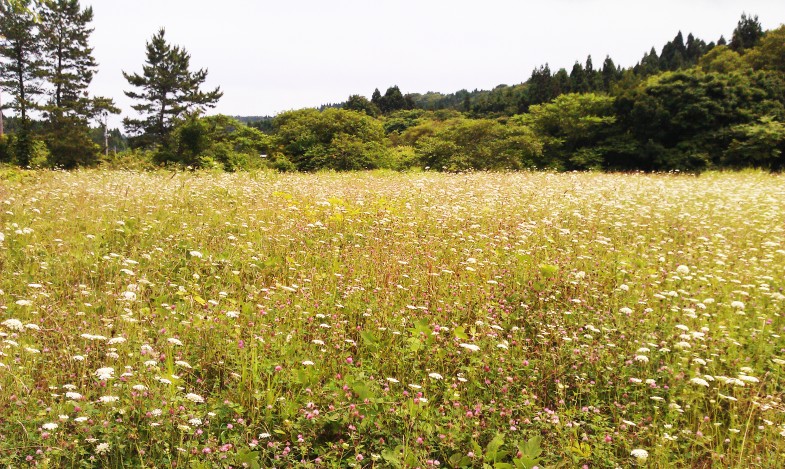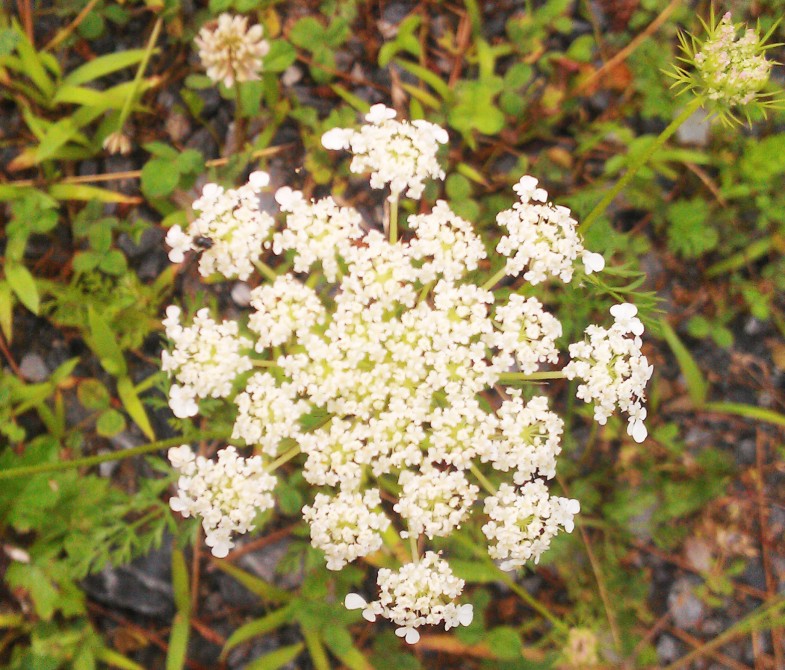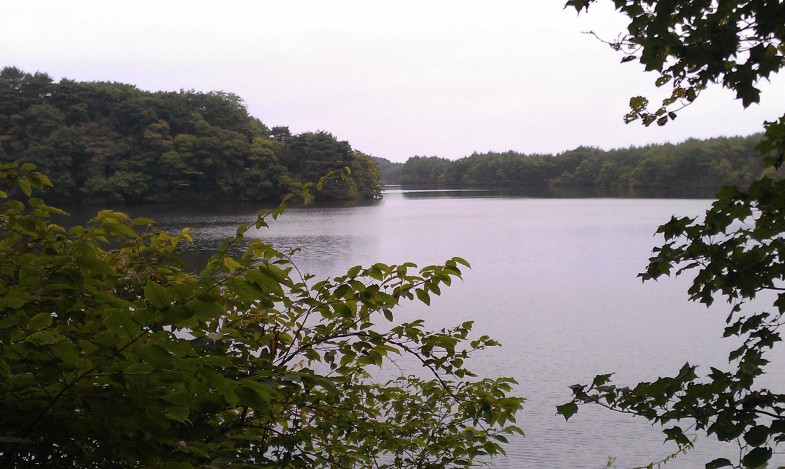
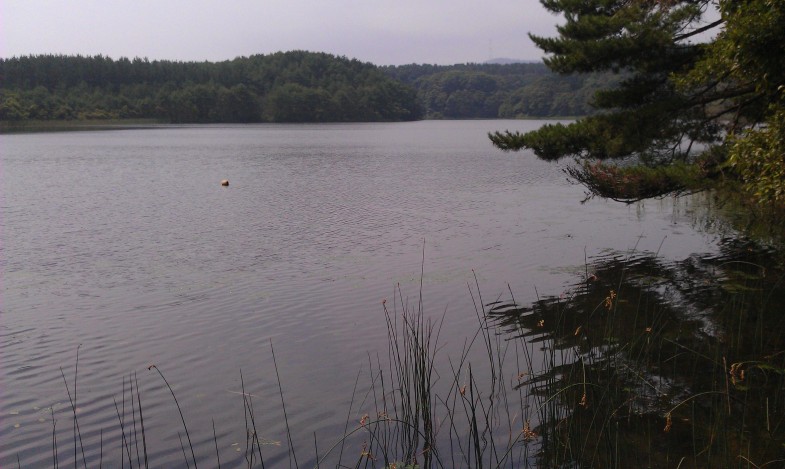
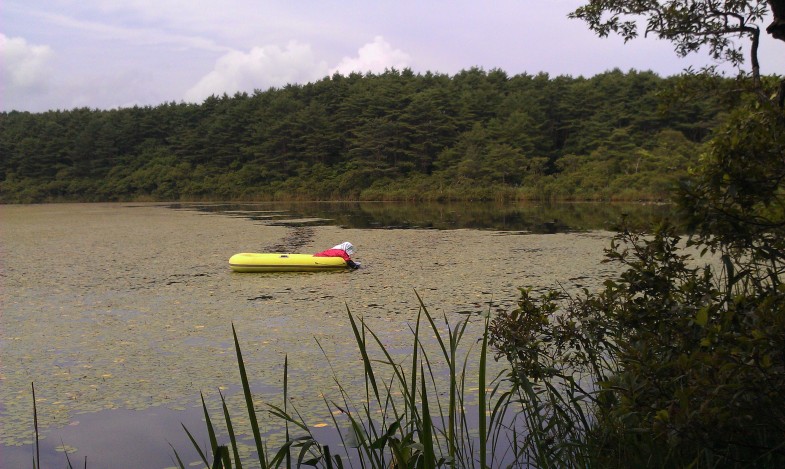
"Sand Dune Lake" è una spiaggia sabbiosa che forma ondulazioni a causa del vento.、Si tratta di paludi d'acqua dolce che si formano naturalmente quando i fiumi sfociano nelle depressioni (Sagata, Prefettura di Niigata, ecc.)。La sabbia sottomarina si gonfia come un terrapieno a causa delle correnti e delle onde oceaniche, bloccando l'uscita.、(È formato in modo diverso dai laghi di acqua salmastra come il Lago Saroma e Hachirogata)。Lo stesso lago delle dune è un'entità preziosa che si sta perdendo in tutto il mondo.、Creare un ambiente biologicamente prezioso。
Sand dune lake is a natural freshwater pond in a sandhill. It was shaped by wind. The wind had been carring sand and formed ups and downs, and then water stream into hollow places. It is not only very valuable existence itself in the world but also it gives important environment for biodeversity that’s being lost.
Nel villaggio di Higashidori、Ci sono molti "laghi di dune di sabbia" grandi e piccoli (solo 13 paludi nominate)。Il villaggio di Higashidori, le dune di sabbia di Sarugamori e le zone umide posteriori sono stati selezionati come una delle 500 zone umide più importanti del Giappone (in effetti, si può dire che la maggior parte della penisola di Shimokita è stata selezionata in questo modo).。Questa duna di sabbia della foresta di scimmie ga (larghezza 1-2 km)、"Shimokita Sand Dunes" è una combinazione di dune di sabbia (lunghezza totale 17 km) e dune di sabbia che si spingono leggermente verso l'interno.、Sebbene sia poco conosciuta, in realtà è la più grande duna di sabbia del Giappone.。Il motivo non è noto è、Foreste protette dal vento e dalla sabbia circondano le dune di sabbia.、Cose difficili da vedere per le persone、La maggior parte viene utilizzata dal Ministero della Difesa e da altri per siti di test balistici, ecc.、Questo perché l'ingresso è vietato.。
There are many dune lakes in Higashi-dori village. Named lakes are minimum 13s. Salugamori sandhill (1~2 km width, 17 km length) include the rear wetland in this village has selected one of 500 of the important wetland of Japan (Actually most of Shimokita peninsula is selected also). Additionaly, Shimokita sandhill (includ this Salugamori sandhill with the next ones) is really the biggest one in Japan. However almost all japanese don’t know of it. One of the reason is that this place is hidden from the roads by pine grove for protect the wind and the sand. The other one, here is off limited, because this ares has been useing for test site of trajectory of Ministry of Defence (MD).
Il lago delle dune stesso si trova al di fuori dell'area del Ministero della Difesa.、Alcuni di essi sembrano essere utilizzati anche per scopi di pesca.。Ma anche le pinete utilizzate per la protezione dal vento e dalla sabbia sono diventate più grandi.、Molte delle strade che portano alla palude stanno scomparendo.。Anche qui il declino e l’invecchiamento della popolazione continuano.、Attualmente non è in corso alcuna ricerca accademica.。
These are out of the area of MD. A few lakes of it look as useing fishery sometimes but not often. Most of the roads to go there is being lost by growing thickly weeds and pine grove. Creasing depopulation and ageing there. Academic reserch stopped now.
Le foto sono dall'alto al basso (disposte da nord a sud)、Onuma、Sakyo Marsh、Aranuma。Le dimensioni e la profondità variano leggermente, ma sono tutte nel loro stato naturale.。Onuma è un grosso gamberetto、Sakyo-numa è famosa per Aegagropila Linnaei.、Cosa succede ora che non è stata fatta alcuna ricerca?。Aranuma è profondo 1-2 metri.、Si sta raccogliendo la Brasenia schreberi.。
Photo:(above) O-numa. Small river prawn lives in. (midlle) Sakyo-numa. Sakyo-numa is famous for “Hime-malimo” (small moss ball), but how is it now? (bottom) An old woman was picking “Jun-sai” (the water shield) from the water at lake Ala-numa. ※numa means lake or pond. All of dune lakes are Nature.
